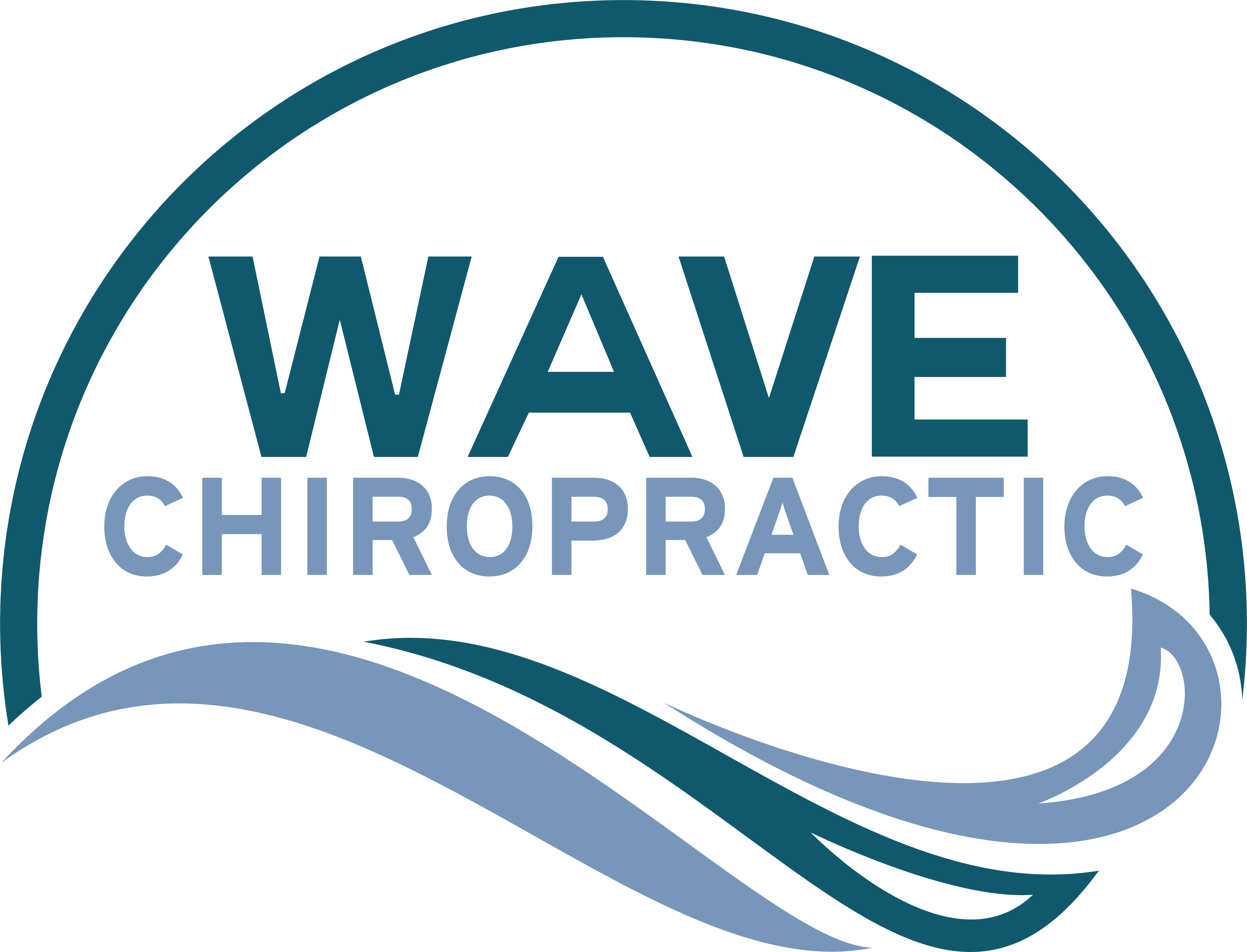As we approach 2025, you'll find that family wellness is shifting towards cost-effective care benefits that prioritize both health and financial stability. By embracing preventative care and exploring community wellness programs, you can set your family up for a healthier future without breaking the bank. Learning how to maximize insurance benefits and access affordable resources not only improves health outcomes but also encourages a supportive environment for your family. Yet, you might wonder how these changes will impact your everyday life and choices in the coming years.
Importance of Family Wellness
In today's fast-paced world, prioritizing family wellness is more important than ever. Balancing work, school, and social commitments can leave little time for the well-being of your family. Yet, when you focus on wellness together, you create a strong foundation for happiness and health.
Family wellness encompasses physical, emotional, and mental health, promoting a holistic approach to well-being. By encouraging healthy habits, like regular exercise and nutritious meals, you set a positive example for your kids. This not only improves their physical health but also helps establish lifelong habits that can prevent future health issues.
Moreover, emotional wellness plays an essential role in your family dynamics. Open communication and emotional support build trust and resilience. When family members feel comfortable discussing their feelings, it fosters a sense of belonging and reduces stress.
Make it a point to spend quality time together, whether it's through family game nights, outdoor activities, or simply sharing a meal. These moments strengthen bonds and create lasting memories.
Incorporating wellness practices into your family routine also helps in managing stress and improving overall mental health. Mindfulness activities, such as yoga or meditation, can be beneficial. They teach your family to cope with challenges and promote a positive mindset.
Ultimately, prioritizing family wellness isn't just about avoiding illness; it's about nurturing a happy, healthy environment where everyone thrives. By embracing this approach, you're investing in a brighter future for your entire family.
Understanding Cost-Effective Care
Maneuvering the healthcare landscape can feel overwhelming, especially when it comes to understanding cost-effective care for your family. You might wonder what cost-effective care really means and how it can benefit your loved ones. Simply put, cost-effective care focuses on maximizing health outcomes while minimizing expenses. It's about finding the right balance between quality care and affordability.
To start, recognize that not all healthcare services are created equal. Some treatments or procedures might seem appealing but can come with hefty price tags. Researching options, asking questions, and comparing prices can help you make informed decisions.
Consider the total cost of care, including co-pays, deductibles, and any out-of-pocket expenses. This thorough view will give you a clearer picture of what you're truly paying for.
Don't forget to take advantage of your insurance benefits. Understanding your plan can lead to significant savings, especially when you choose in-network providers or preventive services covered at no cost.
Also, look into community resources or sliding-scale clinics that offer affordable options for families.
Finally, prioritize communication with your healthcare providers. Don't hesitate to discuss any financial concerns you may have; they can often suggest alternatives or payment plans that suit your budget.
Preventative Care Programs
Preventative care programs play an essential role in maintaining your family's health while also keeping costs in check. These programs focus on preventing illnesses before they occur, which can save you significant money on healthcare expenses in the long run.
By participating in regular check-ups, screenings, and vaccinations, you can identify potential health issues early and address them before they develop into more serious, costly conditions.
Consider the value of routine screenings for conditions like high blood pressure, diabetes, or certain cancers. Detecting these issues early can lead to more effective treatments and reduce the need for extensive medical interventions later.
Vaccinations, too, are important in preventing diseases that could lead to costly hospital visits.
Additionally, engaging your family in healthy lifestyle choices, such as exercise and nutrition, is a significant component of preventative care. Many insurance plans cover preventive services at no additional cost to you, making it easier to access these resources.
Encourage your family to take advantage of wellness programs offered by your healthcare provider, which may include fitness classes or nutritional counseling.
Community Health Initiatives
Numerous community health initiatives can greatly impact your family's well-being by providing access to valuable resources and support. These programs often focus on improving health literacy, promoting healthy lifestyles, and addressing specific health concerns within your community. You might find local workshops that teach nutrition, exercise, and stress management, enabling you and your family to make informed choices about your health.
Additionally, many communities offer free or low-cost health screenings, vaccinations, and wellness check-ups. Taking advantage of these services can help you catch potential health issues early, ensuring your family stays on track for peak health. Community health fairs are another excellent opportunity for you to access a variety of health-related information and services in one convenient location.
Support groups and mental health resources are also essential components of community health initiatives. If you or a family member is facing challenges, connecting with others who share similar experiences can provide invaluable emotional support. These groups often promote a sense of belonging and encourage open conversations about mental well-being.
Moreover, engaging with community health initiatives fosters a sense of unity and collaboration. You can participate in local events, volunteer opportunities, or advocacy efforts, contributing to a healthier environment for everyone. By being proactive and involved, you not only improve your family's wellness but also strengthen the overall health of your community.
Embracing these initiatives can lead to lasting positive changes for you and your loved ones.
Telehealth and Virtual Services
As you explore ways to enhance your family's health, telehealth and virtual services have emerged as effective tools to complement community initiatives. These services allow you to connect with healthcare professionals from the comfort of your home, saving time and minimizing exposure to illnesses that might arise in waiting rooms.
Whether it's a routine check-up, a follow-up appointment, or a consultation for a specific concern, telehealth options provide flexibility that fits your busy schedule.
Using telehealth, you can easily book appointments online, receive prescriptions, and access medical advice without the hassle of travel. This convenience is especially beneficial for families with young children, elderly members, or those with mobility challenges.
You'll find that many providers now offer a range of virtual services, including mental health counseling, nutrition advice, and chronic disease management, all designed to cater to your family's diverse needs.
Additionally, telehealth can often be more cost-effective than traditional in-person visits. Many insurance plans cover virtual appointments, and you might avoid costs associated with transportation and time off work.
As you navigate these options, it's important to check with your healthcare provider to confirm that the services are appropriate for your situation.
Affordable Nutritional Support
Your family's health depends greatly on the nutrition they receive, and finding affordable support can make a world of difference. Eating well doesn't have to break the bank. By exploring local resources, you can provide your family with nutritious meals without overspending.
Start by checking community programs that offer discounted or free nutritional support. Many local food banks and community centers provide fresh produce and pantry staples at little to no cost. You might also discover programs that focus on nutrition education, teaching you how to prepare healthy meals on a budget.
Don't overlook the power of meal planning. By planning your weekly meals, you can buy only what you need, reducing waste and saving money. Take advantage of sales and seasonal produce to maximize your budget. When shopping, consider buying in bulk for non-perishable items, as this can lead to significant savings over time.
Another affordable option is to grow your own food, even if you only have a small space. Herbs, tomatoes, and peppers can thrive in containers, providing fresh ingredients right at your doorstep. This not only cuts costs but also encourages your family to eat healthier.
Lastly, look for online resources or mobile apps that offer budget-friendly recipes and meal ideas tailored to your family's preferences. By taking advantage of these resources, you can guarantee your family receives the nutrition they need while keeping your expenses in check.
Prioritize affordable nutritional support, and watch your family's wellness flourish.
Mental Health Resources
Often overlooked, mental health is just as essential as physical health for your family's overall wellness. You mightn't realize it, but nurturing mental health can greatly improve your family's quality of life.
When emotional well-being is prioritized, everyone can thrive individually and collectively. Accessing the right mental health resources can be a game-changer for you and your loved ones.
Here are some cost-effective mental health resources you can explore:
- Community Support Groups: These provide a safe space for sharing experiences and learning coping strategies from others facing similar challenges.
- Teletherapy Services: Online therapy offers flexibility and convenience, making it easier to fit mental health care into your busy schedule.
- Mindfulness and Meditation Apps: Many free or low-cost apps can guide you through mindfulness practices, helping reduce stress and anxiety.
- School Counseling Services: If you have children, don't forget the mental health resources available at their schools, which often include counseling and support programs.
Conclusion
In 2025, prioritizing family wellness through cost-effective care benefits will empower you to achieve peak health without breaking the bank. By embracing preventative care, utilizing community resources, and exploring innovative healthcare options, you can create a healthier environment for your family. Remember, investing in your well-being today not only saves money in the long run but also fosters a supportive community where everyone can thrive. Take advantage of these opportunities and watch your family's health flourish!

